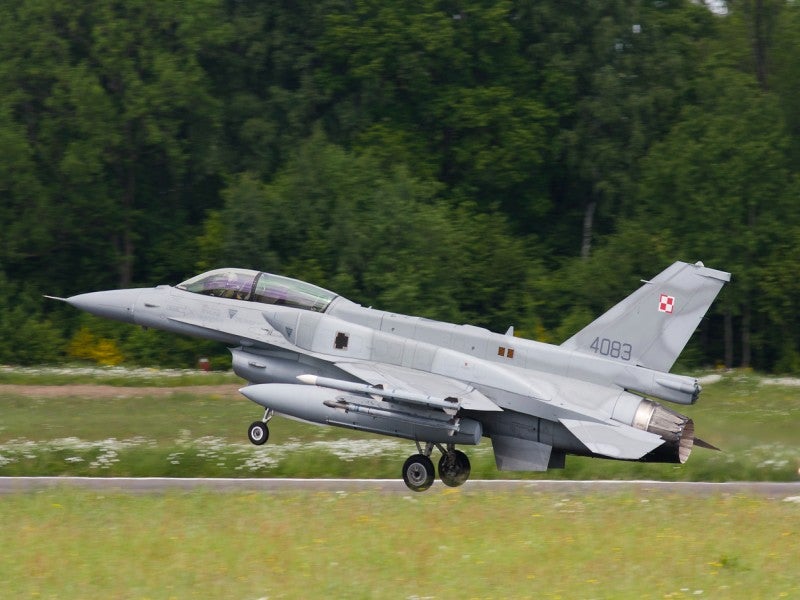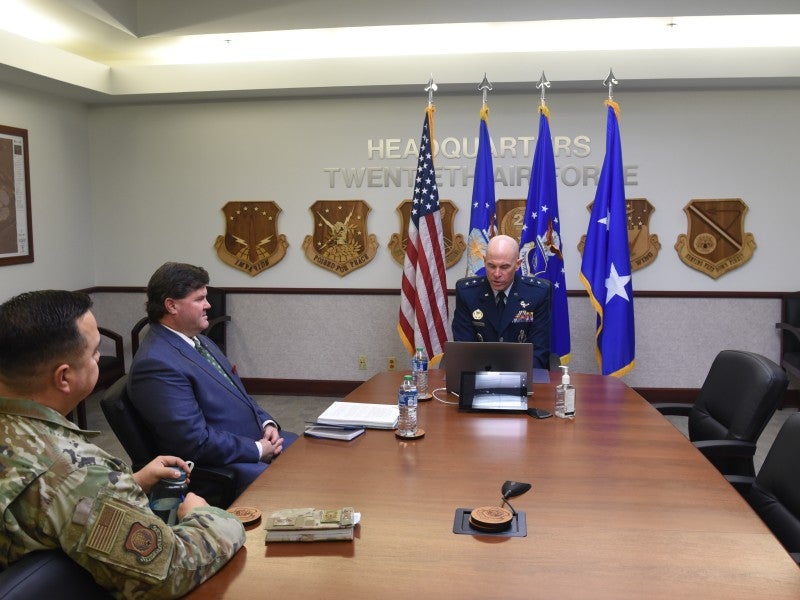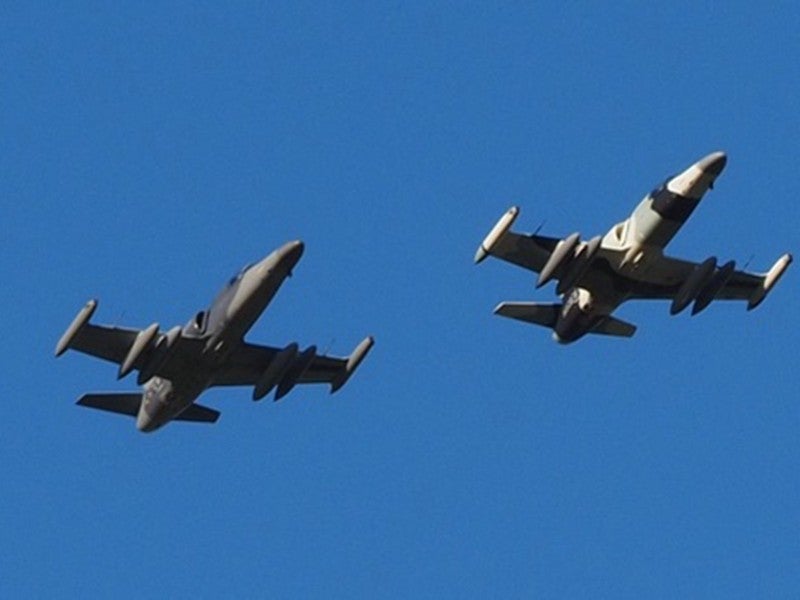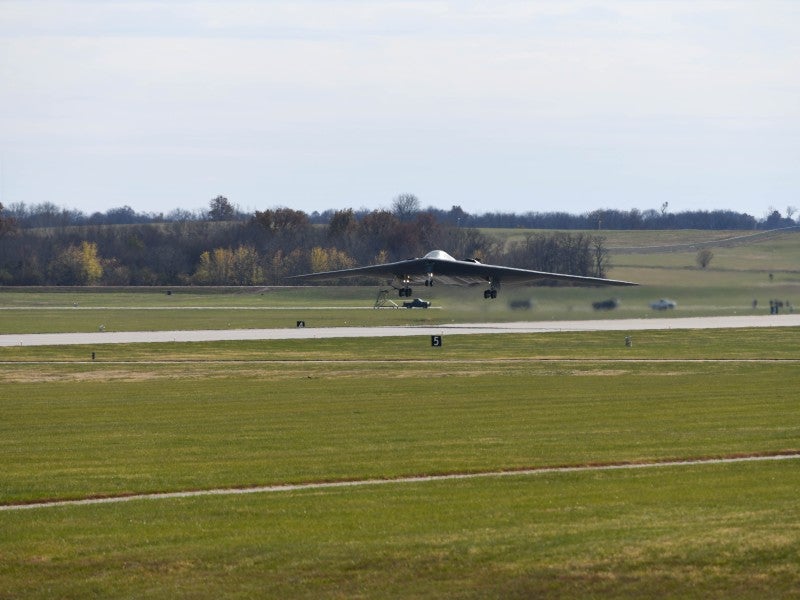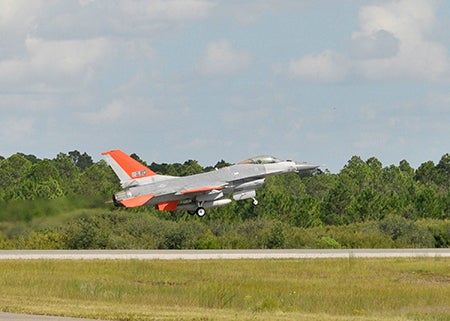
The US Air Force (USAF) has completed the first unmanned test flight of the Boeing-built QF-16 full scale aerial target (FSAT) drone at Tyndall Air Force Base in Florida, US.
Involving auto takeoff, a series of simulated manoeuvres and supersonic flight, as well as an auto land, the milestone flight initiates additional operational evaluations, including a live fire test at Holloman Air Force Base in New Mexico, US.
During testing, the drone was remotely flown by two USAF test pilots in a ground control station (GCS).
Commenting on test flight, US Air Force 82nd Aerial Targets Squadron commander lieutenant colonel Ryan Inman said: "It was a little different to see an F-16 take off without anyone in it, but it was a great flight all the way around.
"Now we have a mission capable, highly sustainable full scale aerial target to take us into the future."
A modification of the USAF’s retired F-16 Fighting Falcon fighter aircraft, QF-16 is designed to serve as a realistic FSAT for newly developed air-to-air weapons’ developmental and operational testing by the US and allied militaries in a safe and controlled environment.
Capable of operation in either manned or unmanned modes, the supersonic, reusable drone is equipped with flight termination and visual augmentation systems to realistically replicate fourth-generation threats like the Russian Mikoyan MiG-29 Fulcrum or Sukhoi Su-27 Flanker fighters.
The drone is scheduled to replace the air force’s existing BAE Systems-built Q4-F FSAT fleet, which will retire from operational service by 2015.
Having received an initial $69.7m QF-16 engineering, manufacturing and development (EMD) contract in March 2010, Boeing has modified six F-16s into the QF-16 configuration.
The QF-16 low-rate initial production (LRIP) is scheduled to commence during the fourth quarter of this year, with first deliveries in 2015.
Image: The QF-16 FSAT drone during its first unmanned flight test at Tyndall Air Force Base in Florida, US. Photo: courtesy of US Air Force, by master sergeant J Scott Wilcox.


